General Atomics has been awarded a tiny (compared with the normal numbers regarding weapons and planes) $99.2 million contract by the U.S. Department of Defense to develop the GHOST drone, an advanced unmanned aerial system (UAS) engineered for intelligence, surveillance, reconnaissance (ISR), and strike missions in contested environments.
This next-generation platform integrates hybrid-electric propulsion and ducted fan technology to enhance stealth and endurance, positioning it as a critical asset for modern warfare. Designed to succeed where legacy systems like the MQ-9 Reaper face limitations, the GHOST drone is poised to redefine operational capabilities in high-threat scenarios.

Technological Innovations Powering the GHOST Drone
The GHOST drone introduces significant advancements in UAS design, starting with its hybrid-electric propulsion system. This technology combines electric motors with conventional fuel-based engines, enabling extended flight durations—potentially up to 60 hours—while reducing fuel consumption.
The system also minimizes the drone’s acoustic and thermal signatures, enhancing its survivability in hostile airspace.
“We’ve been promising something impressive related to hybrid-electric propulsion,” stated C. Mark Brinkley, a spokesperson for General Atomics. “This development marks a pivotal advancement in unmanned systems, delivering capabilities that align with the evolving demands of the battlefield.”
Another key feature is the incorporation of ducted fan technology. By encasing propellers within a shroud, this design improves aerodynamic efficiency and significantly reduces noise levels. These attributes make the GHOST drone less detectable by enemy sensors, a vital advantage in regions with sophisticated air defenses.
Built on the modular Gambit platform, the drone supports interchangeable components, allowing it to adapt to diverse mission profiles, from ISR to precision strikes.
Strategic Design and Operational Flexibility
The GHOST drone is tailored for rapid deployment and operational versatility. Requiring only a 900-meter (2952 ft) runway, it aligns with the U.S. Air Force’s Agile Combat Employment strategy, which emphasizes dispersed operations in austere environments.
This capability is particularly relevant for potential conflict zones such as the South China Sea or Eastern Europe, where flexibility and stealth are paramount. The drone’s extended endurance enables prolonged loitering over targets, providing persistent intelligence or executing timely strikes as needed.

Developed under a sole-source contract from the Air Force Research Laboratory, the project builds on General Atomics‘ extensive experience with UAS platforms like the MQ-1 Predator and MQ-9 Reaper. With $26.8 million allocated from fiscal year 2024, work is progressing in Poway, California, with an expected completion date of August 2028.
The MQ-9 Reaper, while a proven asset with a 40-hour endurance and 3,900-pound payload capacity, has shown vulnerabilities in recent conflicts, such as losses to Houthi forces in Yemen. The GHOST drone addresses these shortcomings with its low-observable design and enhanced resilience.

Future Integration and Tactical Significance
Beyond its standalone capabilities, the GHOST drone holds potential for integration into the Collaborative Combat Aircraft (CCA) program. As a “loyal wingman” (and this is very important, as we could see that Turkish UAV maker Bayraktar is doing exactly this) to manned aircraft like the F-35, it could extend the reach of sensors and weapons, forming a networked combat system capable of countering advanced adversaries.
This interoperability underscores its strategic importance as militaries worldwide adapt to multi-domain operations. Flight tests scheduled for late 2026 will further validate its performance, particularly against emerging threats from nations like China and Russia.
The drone’s stealth features, including reduced acoustic and thermal signatures, position it as a critical tool for penetrating denied airspace. Its ability to operate undetected enhances the U.S. military’s capacity to gather intelligence and deliver precision strikes in environments where traditional platforms are at risk. This adaptability ensures the GHOST drone can meet the demands of both current and future operational theaters.
Redefining Unmanned Warfare
The GHOST drone represents a significant evolution in unmanned aerial technology, blending cutting-edge propulsion and stealth innovations with practical battlefield applications.
Its development reflects a broader shift toward sustainable and resilient systems, capable of addressing the complexities of modern warfare. For operators, the transition to overseeing such advanced platforms signals a future where strategic oversight complements technological prowess.
As General Atomics advances this project, the GHOST drone stands to bolster the U.S. military’s dominance in ISR and strike missions, offering a glimpse into the next era of aerial combat. From my point of view, this will change the way all UAV builders are going to see new propulsion systems.
Images courtesy of General Atomics Aeronautical
Discover more from DroneXL.co
Subscribe to get the latest posts sent to your email.

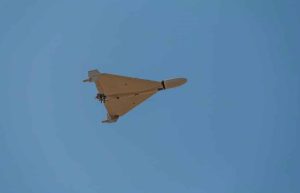

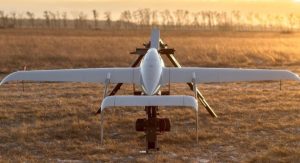



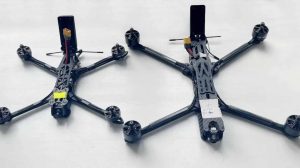

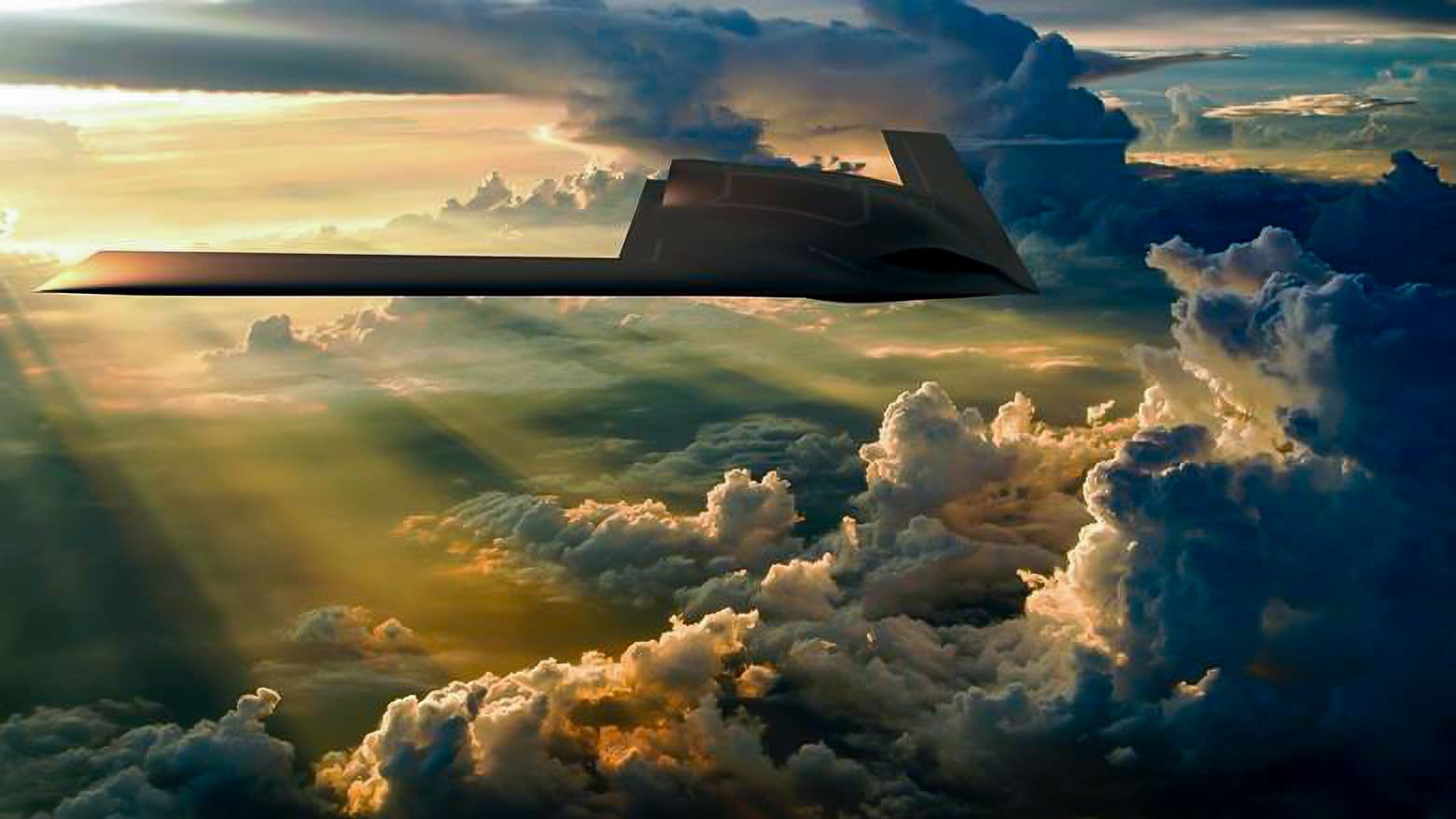

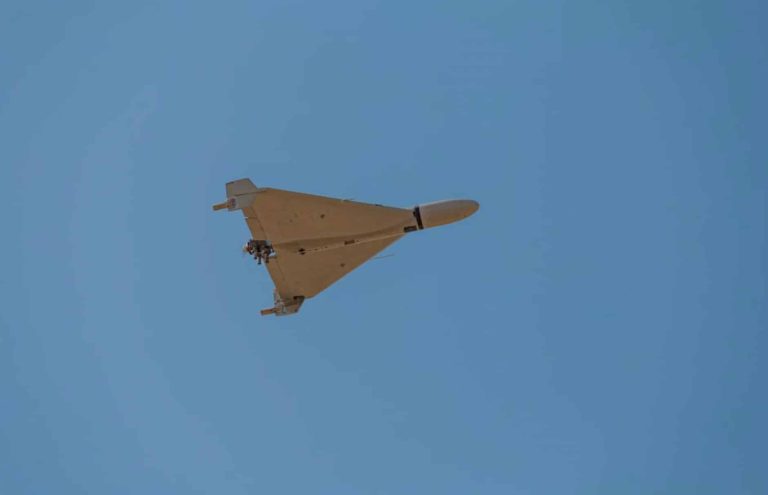


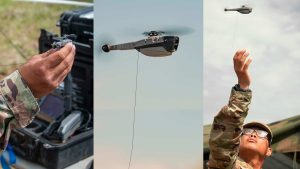
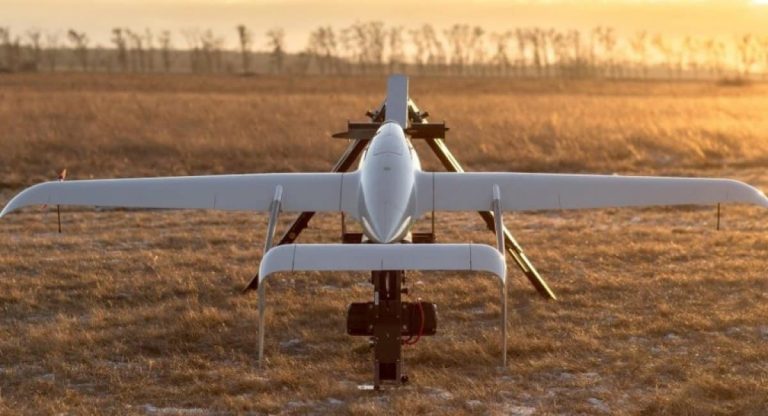



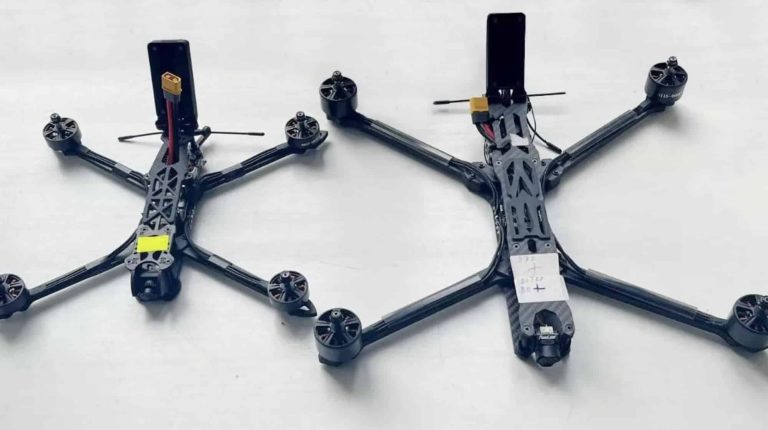
+ There are no comments
Add yours